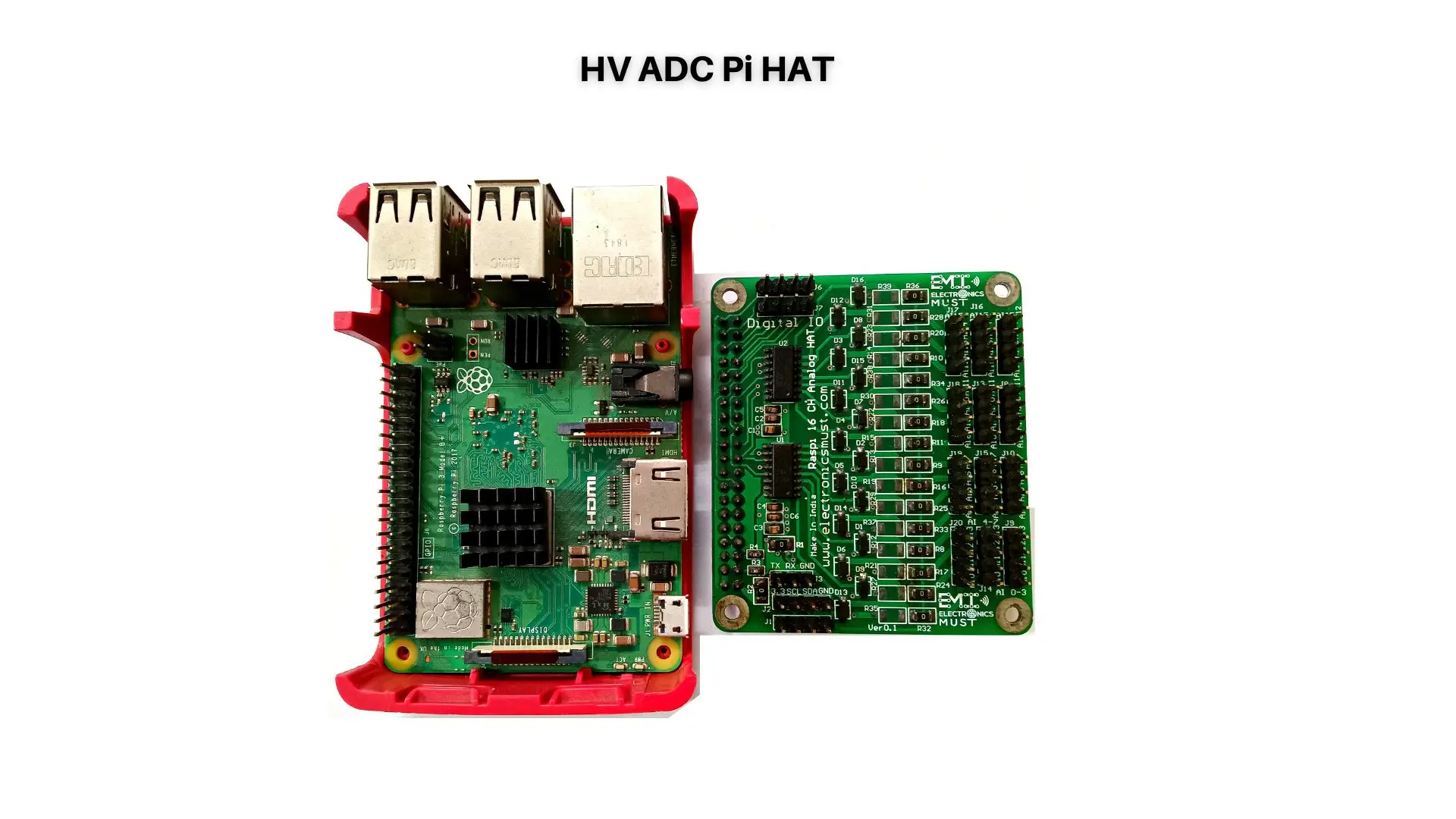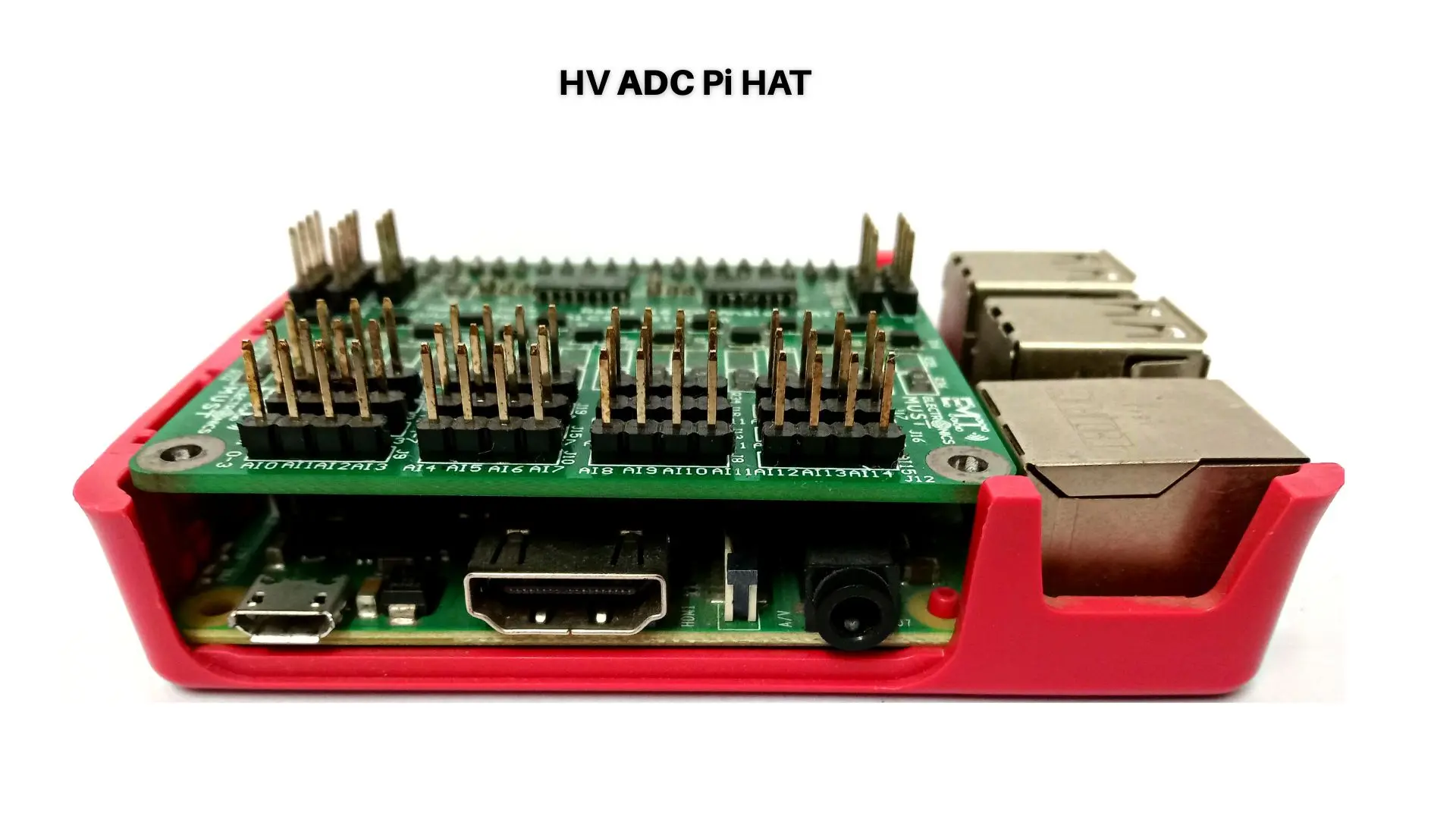Introduction:
Power electronics plays a crucial role in modern power systems by facilitating the integration of renewable energy sources, enhancing grid stability, and enabling efficient power transmission and distribution. As the demand for clean energy and sustainable power sources grows, power electronics technology becomes increasingly important in managing the complexities of grid integration. In this blog, we will explore the significance of power electronics for grid integration, its benefits, and other factors that contribute to efficient power transmission and distribution.
Benefits of Power Electronics for Grid Integration:
1. Integration of Renewable Energy Sources: Power electronics is instrumental in integrating renewable energy sources, such as solar and wind power, into the existing power grid. Renewable energy systems generate power in varying voltage and frequency ranges, which need to be converted and synchronized with the grid parameters. Power electronic converters, such as inverters, enable efficient conversion and regulation of the power output from renewable sources to match the grid requirements. This seamless integration of renewable energy helps reduce carbon emissions, diversify the energy mix, and promote a sustainable power generation ecosystem.
2. Power Flow Control and Stability: Power electronics devices, such as flexible alternating current transmission systems (FACTS) controllers, provide power flow control and enhance grid stability. FACTS controllers employ power electronic devices and advanced control algorithms to regulate voltage, control reactive power flow, and improve the stability of the transmission system. By dynamically adjusting power flow and voltage levels, power electronics contribute to grid stability, reduce transmission losses, and improve the overall reliability of the power system.
3. Reactive Power Compensation: Power electronics devices, such as static VAR compensators (SVCs) and static synchronous compensators (STATCOMs), enable reactive power compensation in the power grid. Reactive power is essential for maintaining voltage stability, especially in long transmission lines. Power electronics-based compensators inject or absorb reactive power as required to maintain a stable voltage profile. By providing reactive power compensation, power electronics devices enhance the power factor, mitigate voltage fluctuations, and improve the power quality of the grid.
4. Grid Voltage and Frequency Regulation: Power electronics plays a vital role in regulating grid voltage and frequency. Power electronic converters, such as voltage source converters (VSCs), enable precise control over grid parameters. These converters adjust the voltage and frequency of the power injected into the grid to match the grid requirements, ensuring a stable and reliable power supply. Grid voltage and frequency regulation is crucial for maintaining the balance between power generation and demand, reducing the risk of voltage sags, swells, and frequency deviations.
5. Power Quality Improvement: Power electronics devices contribute to improving power quality in the grid. By employing advanced control algorithms and filtering techniques, power electronic converters suppress harmonics, reduce voltage distortions, and mitigate voltage flicker. Power quality improvement enhances the performance and efficiency of sensitive equipment, such as industrial machinery, data centers, and healthcare facilities. Power electronics technology ensures a high-quality and stable power supply, reducing the risk of equipment damage and optimizing the performance of power-consuming devices.
Other Factors in Power Electronics for Grid Integration:
1. High-Voltage Direct Current (HVDC) Transmission: Power electronics technology enables high-voltage direct current (HVDC) transmission, which offers significant advantages in long-distance power transmission. HVDC systems employ power electronic converters to convert alternating current (AC) to direct current (DC) for efficient transmission and then convert it back to AC at the receiving end. HVDC transmission reduces transmission losses, enhances power transfer capability, and improves grid stability. Power electronics converters in HVDC systems facilitate efficient power exchange between different regions, enabling integration of remote renewable energy sources and interconnection of grids.
2. Grid-Scale Energy Storage Integration: Power electronics technology facilitates the integration of grid-scale energy storage systems into the power grid. Energy storage systems, such as batteries, pumped hydro storage, or flywheels, help balance supply and demand variations, provide backup power, and enhance grid stability. Power electronic converters control the charging and discharging processes of energy storage systems, efficiently managing the energy flow between the storage system and the grid. Grid-scale energy storage integration improves grid flexibility, enables peak shaving, and facilitates the integration of intermittent renewable energy sources.
3. Power Semiconductor Devices: Power electronics heavily relies on power semiconductor devices, such as insulated-gate bipolar transistors (IGBTs) and thyristors, for efficient power conversion and control. Power semiconductor devices act as switches, enabling precise control of power flow and voltage regulation. Continuous advancements in power semiconductor technology, including the adoption of wide-bandgap materials like silicon carbide (SiC) and gallium nitride (GaN), enhance power electronics efficiency, reduce losses, and increase power handling capabilities. Power semiconductor devices are key enablers of high-performance power electronics systems for grid integration.
4. Grid Codes and Standards: Power electronics systems for grid integration need to comply with specific grid codes and standards. Grid codes define the technical requirements for connecting power generation systems to the grid and ensure the stability, reliability, and compatibility of the power system. Compliance with grid codes is essential for seamless integration and operation of power electronics systems. Power electronics devices must meet grid code requirements related to power quality, voltage and frequency regulation, reactive power control, and fault ride-through capabilities.
5. Fault Detection and Protection: Power electronics systems for grid integration incorporate fault detection and protection mechanisms to ensure safe and reliable operation. Advanced fault detection algorithms and protection devices, such as circuit breakers and relays, detect and respond to faults in the grid, isolating faulty sections and preventing cascading failures. Fault protection systems in power electronics devices enhance grid reliability, minimize downtime, and contribute to grid resiliency against disturbances and abnormal operating conditions.
Conclusion:
Power electronics technology plays a vital role in grid integration by enabling efficient power transmission, renewable energy integration, and enhanced grid stability. The benefits of power electronics for grid integration include the seamless integration of renewable energy sources, power flow control, reactive power compensation, voltage and frequency regulation, and power quality improvement. Continued advancements in power semiconductor devices, HVDC transmission, energy storage integration, and compliance with grid codes further contribute to the optimization of power transmission and distribution. Power electronics is a key enabler in driving the transition towards a sustainable, reliable, and resilient power grid for a greener future.






